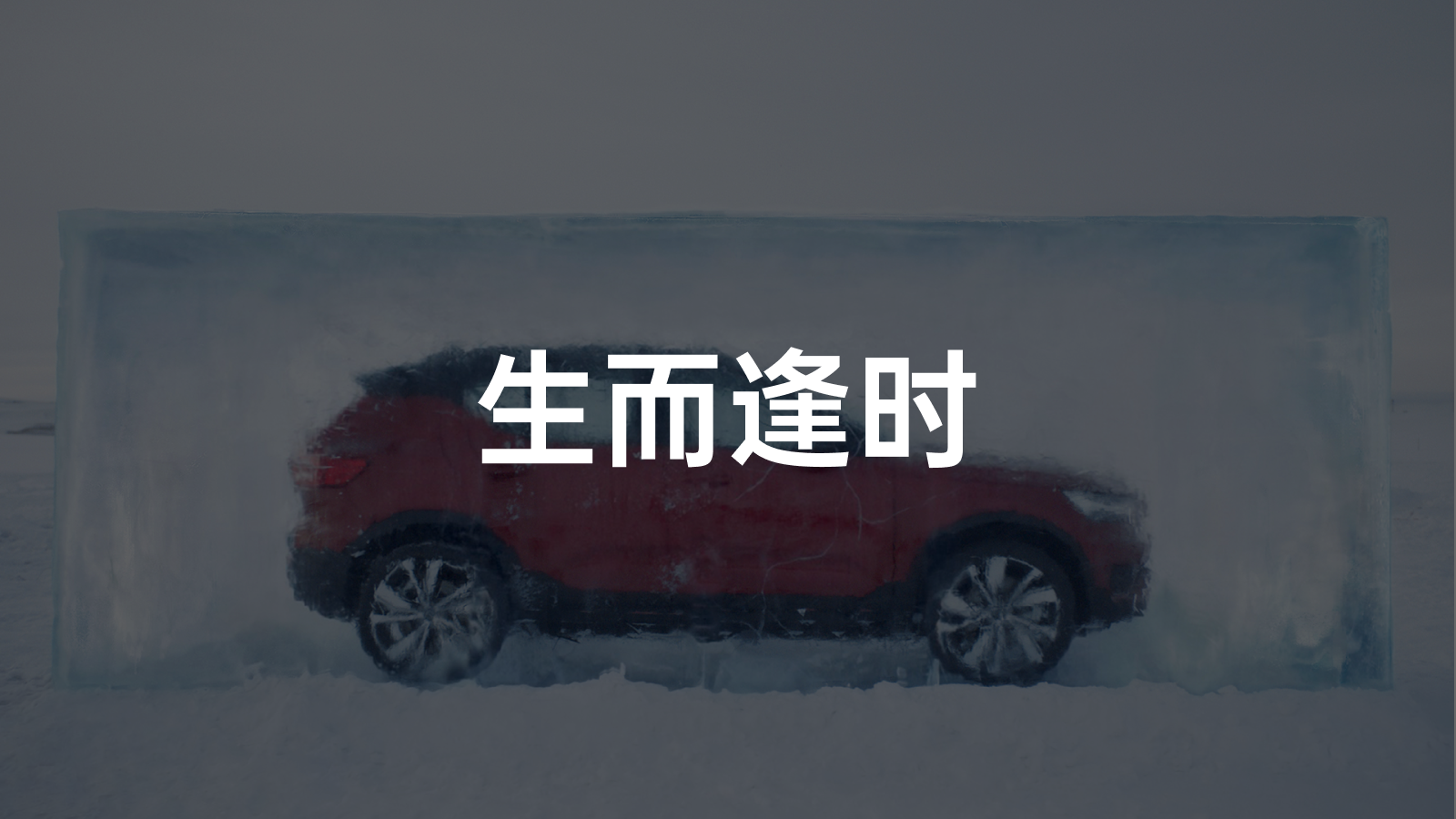The content of this article is sourced from 42how and has been translated by ChatGPT
From ancient times, red and blue make the perfect couple. On Valentine’s Day 2022, Volvo brought its two only pure electric family members to Hailar, where it was extremely cold. They even froze a XC40 pure electric in a block of ice at -30°C for 48 hours. Such a scene is bone-chilling just to imagine.
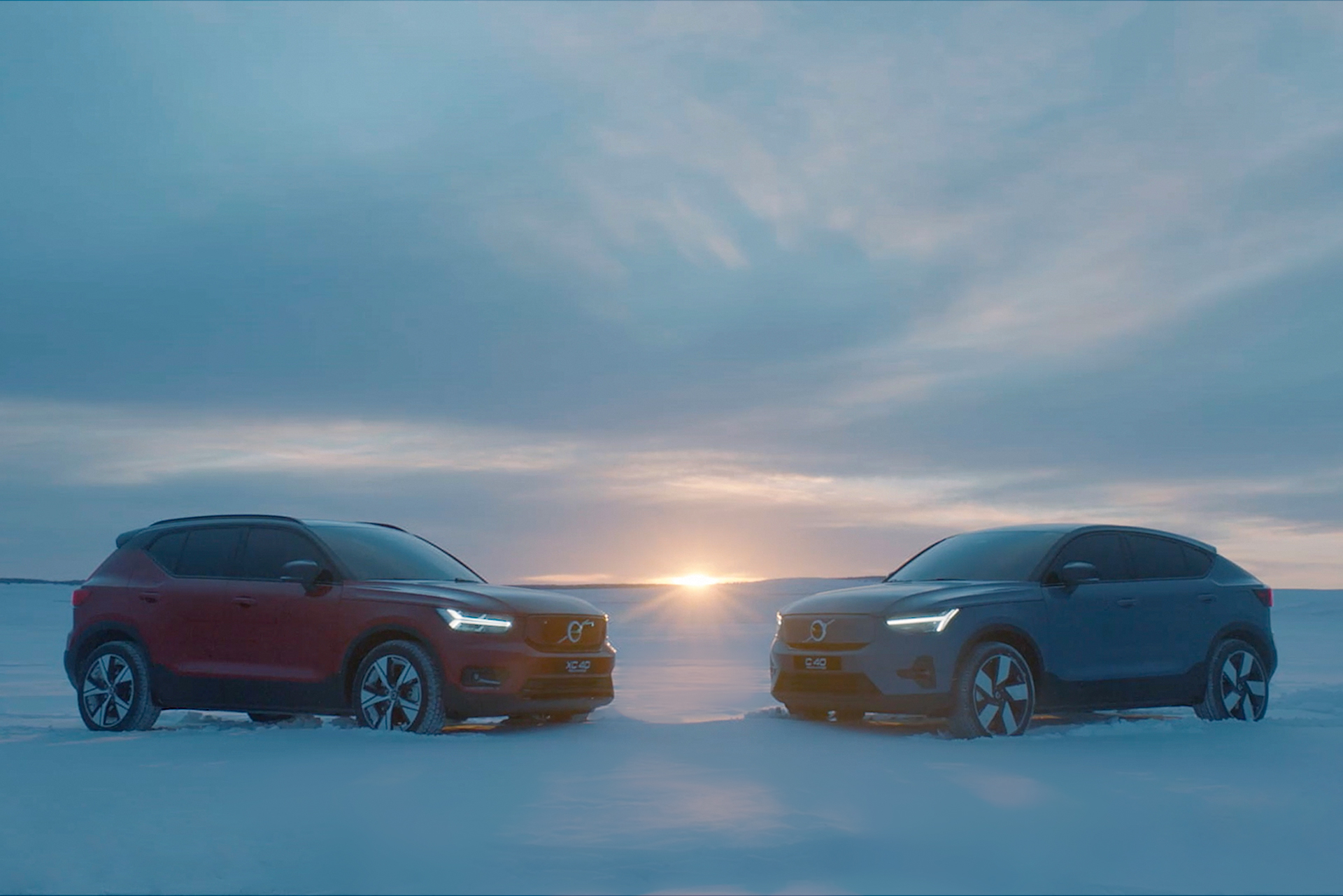
However, this test seems to be well-timed, as this winter seems to be colder than usual.
Under such cold weather, netizens are fascinated about not only the snowy scenery and the 2022 Winter Olympics but also the industry trend of “pure electric vehicles”. They are not so interested in how well they perform in winter, but rather in the frequent topics of winter range reduction and slow charging speed. Social media is flooded with posts about running out of battery, winter range reduction, and fear of turning on the air conditioning. Some even see winter long-distance driving with an electric vehicle as a challenge.
To better understand the reasons behind these phenomena, we took the opportunity to interview Volvo’s Asia-Pacific electric vehicle R&D team, consisting of a software product manager for electric drive (three-electric), a product manager for vehicle validation, a battery hardware engineer, and an engineer for thermal management.
The core reason why we chose to interview Volvo is that it is a Swedish automaker, and naturally faces extremely cold weather conditions. Compared to automakers in temperate regions, it has its own “geographic advantages”.
Let’s start with a simple introduction
It can be noticed that the shortcomings of electric vehicles mentioned above are all closely related to batteries. Therefore, before delving into the reasons behind these phenomena, let’s first understand the composition of the power battery for electric vehicles.

The large block in the figure above is the vehicle battery. The batteries of most car models are located in the vehicle’s chassis, slightly narrower in width than the body, shorter in length than the wheelbase, and generally 10-18 cm thick. Of course, SUVs may use thicker batteries, depending on the height of the vehicle.
The function of the power battery is similar to that of a mobile phone battery, which is to provide power to the whole vehicle. However, there are two differences between phones and cars:
- The usage environment is more severe;
- The capacity requirement is greater.
In the face of harsher usage environments, manufacturers have installed stronger casings for the battery to provide better protection within the shell. After all, except for us holding and playing with our mobile phones, they are either charged in our pockets or on the bedside table, and it is difficult to come in contact with hard objects.
However, cars are different. The battery located on the chassis can be considered as being exposed, and accidents like hitting the ground or bumping can happen during daily driving.To achieve larger capacity, it is unrealistic to infinitely expand the battery. The mainstream approach is similar to the four-wheel drive cars we played with when we were young, which is to connect many small batteries in series to form a module, and then connect them in parallel to meet the needs of different scenarios. These small batteries are called battery cells in the electric vehicle industry.
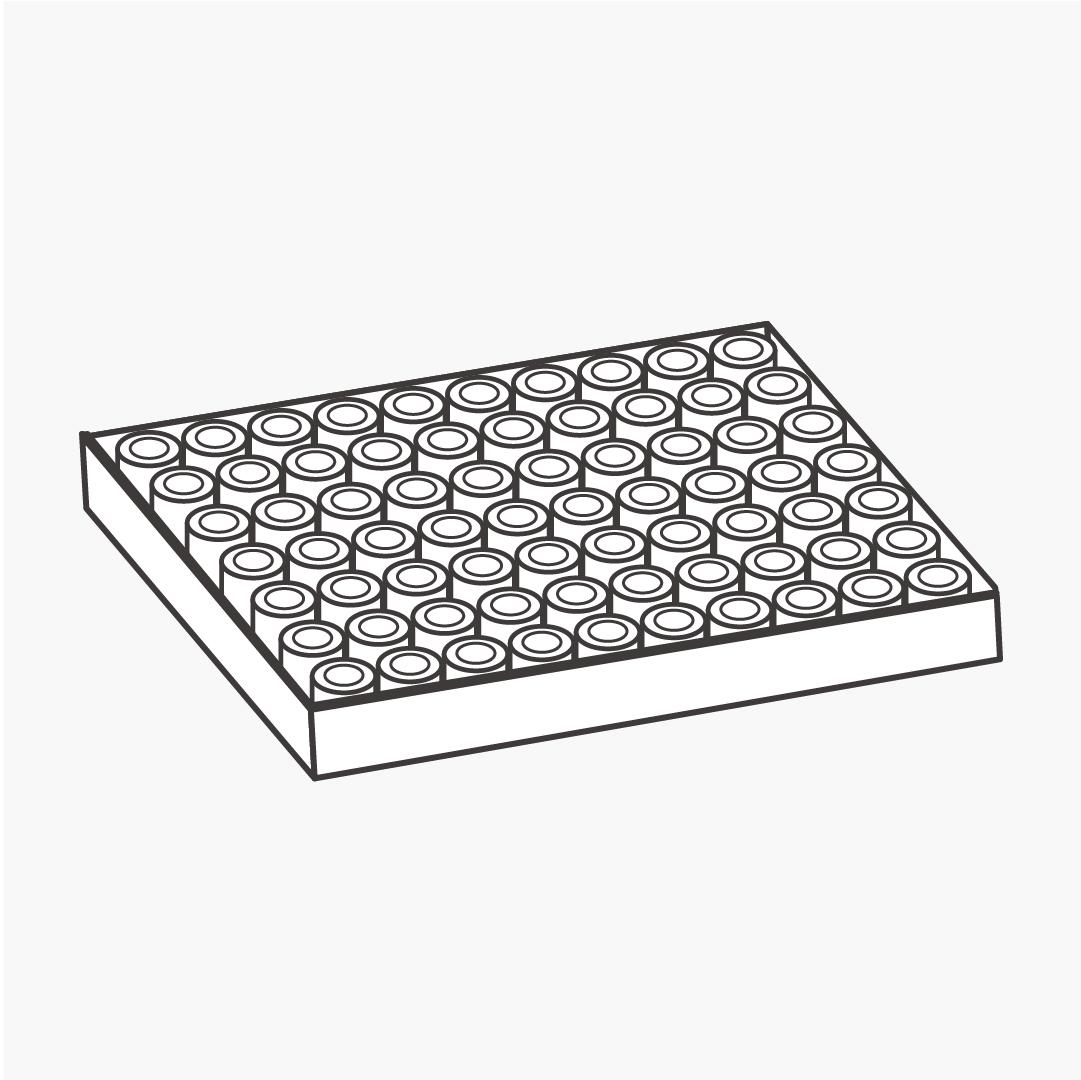
Currently, there are three main types of battery cells – square, soft pack, and cylindrical, with slightly different characteristics but the same principle. Therefore, we will not elaborate on them here.
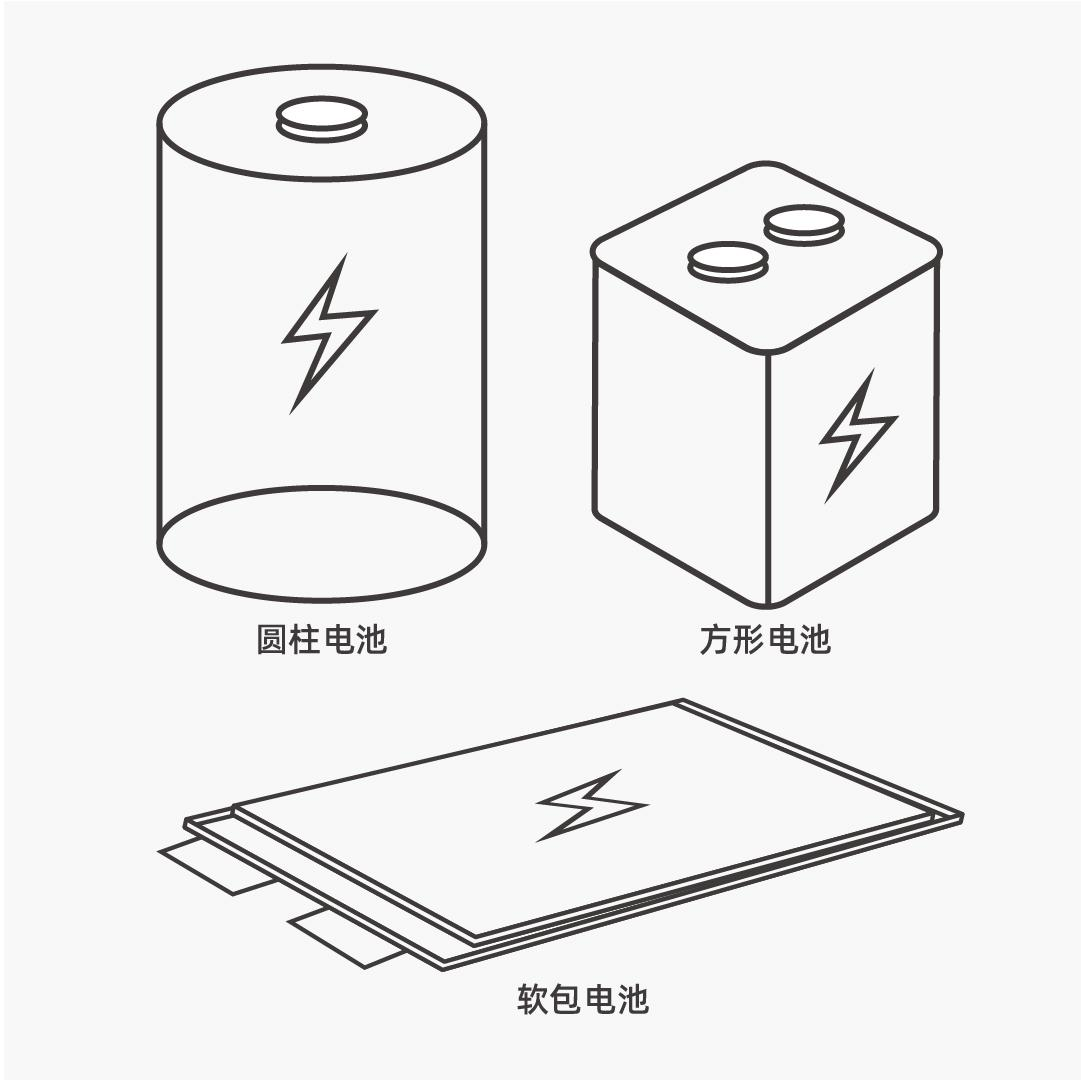
To manage this pile of small batteries, a powerful management system is needed, which is commonly known as BMS (Battery Management System). The quality of a BMS is like a class leader in a classroom. An excellent class leader can maintain good classroom discipline, while a bad one can cause disorder and a vicious cycle.
With the core hardware of “battery cells” and the critical software of “BMS” clearly defined, let’s discuss the performance of electric cars in winter and summer.
Why do electric cars become “weaker” in winter?
In winter, many electric cars suffer from reduced range and slow charging, and even some cannot start. Although the performance of electric cars in winter has greatly improved compared to previous years, there are still differences in user experience compared to fuel-powered cars.
Of course, this is not a problem unique to electric cars. I believe friends who often ski or live in Northeast China have also encountered situations where their phone batteries were frozen or their battery life decreased rapidly.
The impact of low temperature on batteries
Modern lithium-ion battery cells mainly consist of positive and negative electrodes, electrolytes, and separators. The charging process is when lithium ions are de-intercalated from the positive electrode and pass through the electrolyte and separator to the negative electrode under the push of an external voltage. The principle of discharge is the opposite.
A key reason for the reduced range in winter is that low temperatures cause a decrease in electrolyte activity and poor battery discharge performance. If the temperature is extremely low, it can directly lead to the inability of the vehicle to start.
Normally, there are strict graphs indicating at what level of battery charge and temperature the battery can release how much power and current. We also need to pay attention to the characteristics of the battery cells themselves.
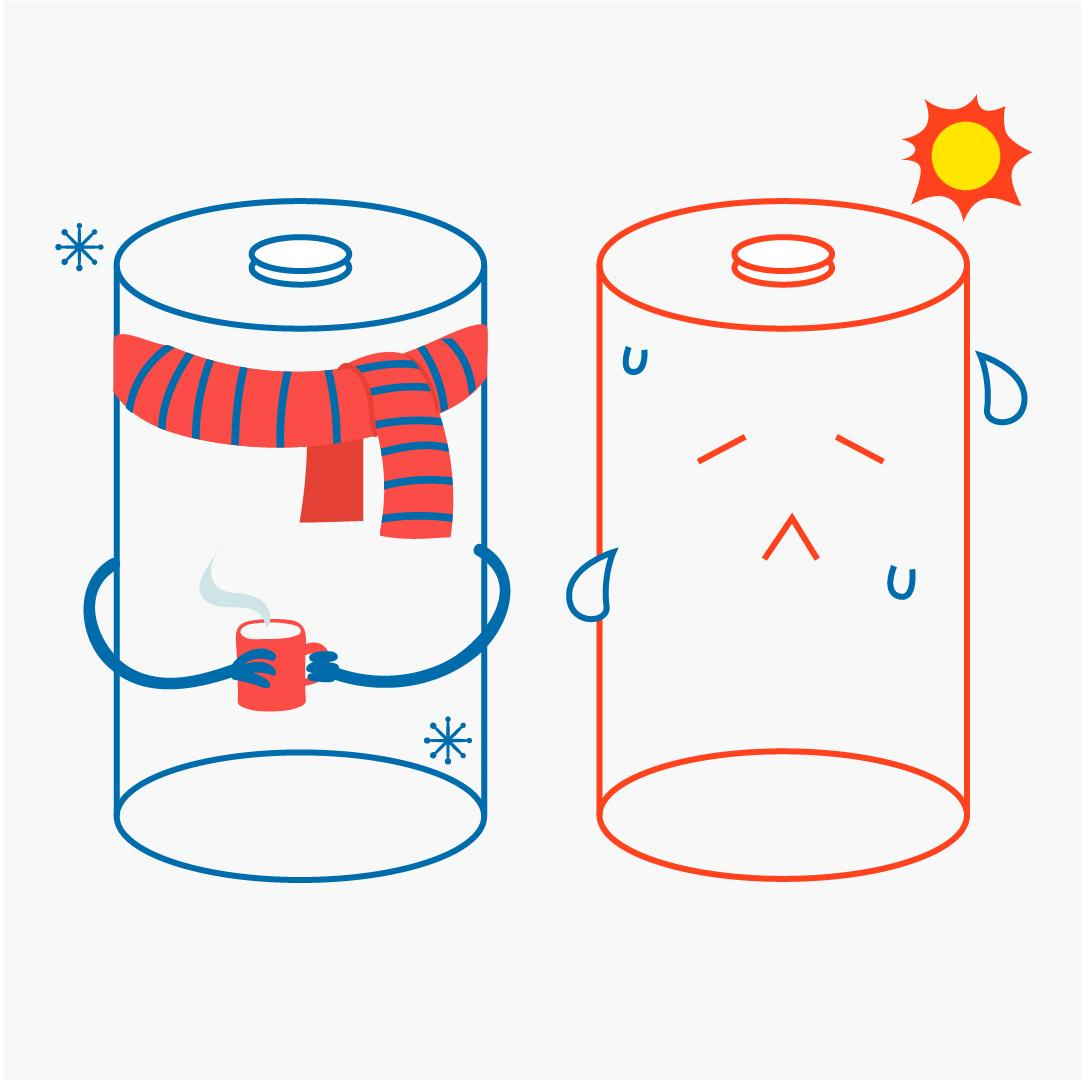 When can the capability of the battery be maximized and when is it minimized? Based on this characteristic, we can develop a strategy for the heating side, including the usage side, and the charging and discharging side, which involves restricting power and facilitating heating, all based on the characteristics of the battery.
When can the capability of the battery be maximized and when is it minimized? Based on this characteristic, we can develop a strategy for the heating side, including the usage side, and the charging and discharging side, which involves restricting power and facilitating heating, all based on the characteristics of the battery.
Regarding the issue of heating, there are two main considerations. On the one hand, it’s about customer experience, and on the other hand, it’s about protecting the battery. For example, we won’t activate this feature under low SOC. Excessive battery heating can also be damaging to the battery while also making for a poor customer experience.
In our experiments, we found that the temperature control effect of the battery pack in this Volvo model is quite good. We froze the entire car, and it took a whole weekend just to reduce the temperature of the battery. However, it maintains heat retention quite well. Even if it were frozen to that temperature, the software would detect the low temperature and automatically turn on the heating.
During the 48-hour freezing challenge in Hailar, we were finally able to drop the temperature of the newly launched XC40 Pure Electric to minus 25 degrees Celsius. The system detected the low temperature and automatically heated the battery pack to minus 10 degrees Celsius to ensure normal use of the vehicle. This level of heating efficiency is now a standard feature in Volvo’s pure electric cars, including the recently released C40, which is also available for pre-order.
As mentioned earlier, the heating feature is made possible by the BMS. However, the engineer being interviewed also admitted, “It’s impossible to say that there will be absolutely no degradation.”
Therefore, under current battery technology, it’s impossible for electric cars to attain a zero-degradation state in low-temperature environments. Volvo’s strategy involves rapidly heating the battery to a suitable working temperature range and increasing the thermal insulation performance of the battery pack to retain heat as much as possible.
When it comes to lithium-ion batteries, poor performance in winter weather is a common problem. However, low-temperature performance varies greatly among batteries currently in use, such as lithium-iron phosphate and ternary lithium.Ternary lithium batteries refer to compounds of lithium with the three elements nickel, cobalt, and manganese/aluminum. The different proportions of these first three elements can also result in different chemical properties of the battery. As of now, the three main types of ternary lithium batteries on the market are NCM523, NCM622, and NCM811, which correspond to these three element ratios. The first number represents the proportion of nickel, with higher numbers indicating more nickel and greater energy capacity, but also higher costs and risks.
Meanwhile, lithium iron phosphate batteries use lithium iron phosphate as the cathode and carbon as the anode in a lithium-ion battery. This significantly reduces costs, and the differences in user experience between the two types can be seen by referring to the chart below.
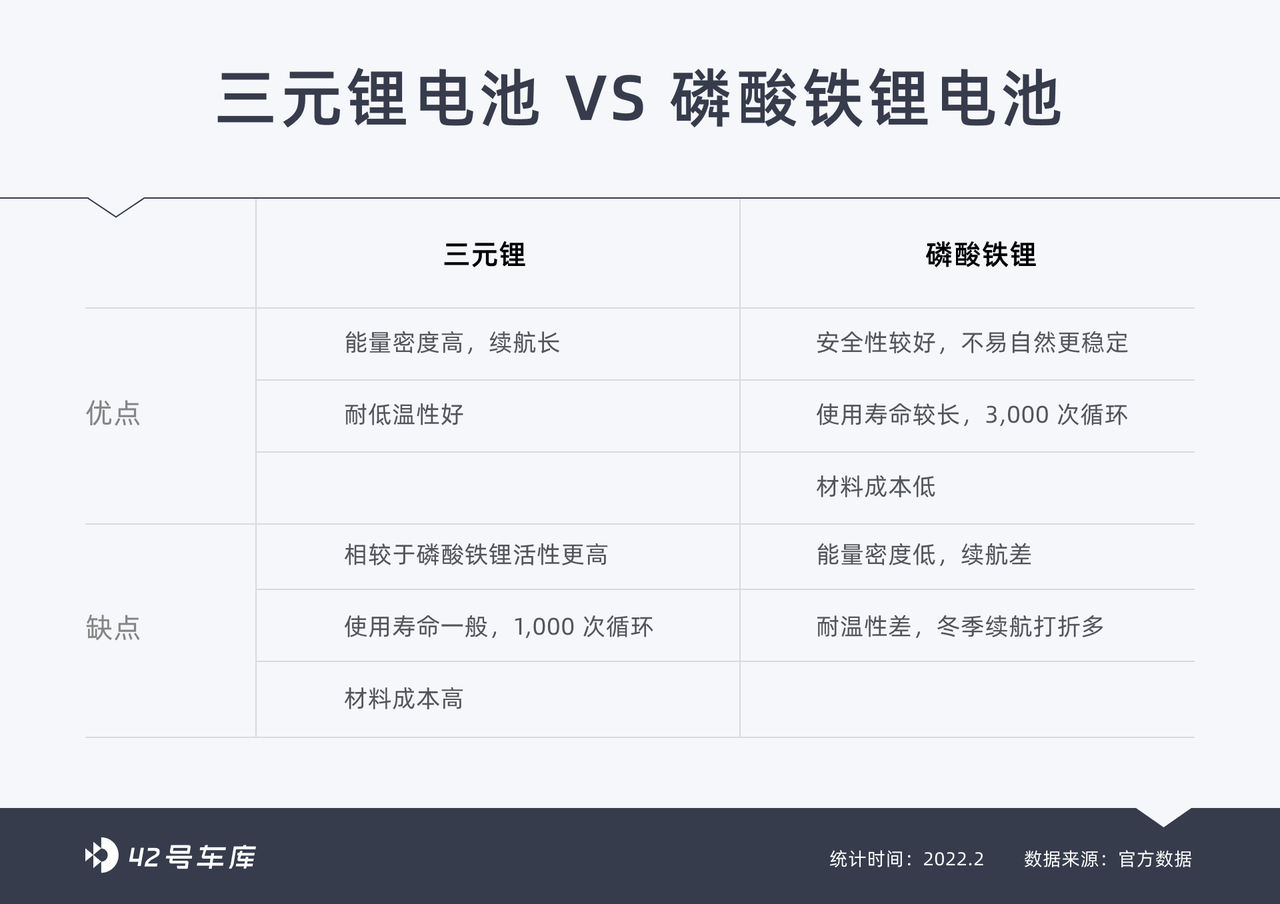
Each type of battery has its own advantages and disadvantages, and driven by cost-effectiveness, an increasing number of manufacturers are replacing ternary lithium batteries with lithium iron phosphate batteries.
However, lithium iron phosphate batteries have poorer electrolyte activity than ternary lithium batteries, so most “charging problems” or “failure to start” issues during winter occur with lithium iron phosphate batteries.
According to Volvo engineers, “ternary lithium batteries are more adaptable to temperature conditions than lithium iron phosphate ones. Also, from the standpoint of cell selection, Volvo is a luxury brand, so it mostly chooses high-quality batteries, which are still quite performant from a physical perspective.”
Here, we also have some suggestions for everyone. Although the market share of lithium iron phosphate batteries is increasing, for users north of the Yangtze River in China, we still recommend electric vehicles equipped with ternary lithium batteries, while lithium iron phosphate batteries are more suitable for users in the temperature-friendly south.
Four dimensions to ensure safety
After learning about the characteristics of ternary lithium batteries in winter, at the event, I also raised several safety-related questions with Volvo’s engineers.
In the 2019-2020 period, there was a wave of new energy vehicle charging fires. According to battery characteristics, Volvo engineers reinforced safety measures in four dimensions, from hardware to software, from prevention to control.
The first is the choice of the cell. Volvo engineers say, “Improving energy density is not just about high nickel content. There is also a high-voltage system. Because there are not many mature cell products on the market, before 2019 or earlier, most of the mature high-specific-energy cell technologies were likely focused on high-nickel systems. But later, various manufacturers gradually developed technologies to achieve high energy density even with relatively low nickel content, so Volvo also did the corresponding preparation and screening and adopted the high voltage system.”
In our tests, we found that the voltage of Volvo’s electric vehicles remained above 400 V even at low battery levels. By achieving high density with low nickel content, these vehicles can also charge more quickly on charging piles with the same current.Next is battery protection. Volvo claims that Ningde Times will be required to treat the diaphragm with ceramics to ensure a relatively high threshold for thermal runaway of battery cells, thus making it less susceptible to thermal runaway.
Then there is software restriction. Battery locking is a mainstream practice in the industry, which limits the upper and lower limits of the battery by a certain amount to ensure safety and delay decay. This means that the battery life seen in the car is our actual available battery life, and even if the battery is used up to 0% or charged to 100%, it will not cause substantial damage to the battery itself.
More locking indeed makes it safer, but the user experience may not be so friendly. Regarding this point, Volvo engineers explained to us their approach on the XC40 pure electric version.
The Volvo XC40 pure electric version has about 10% of the locked battery power, which means that the actual available battery capacity of the XC40 pure electric version with a battery pack capacity of 70.92 degrees is about 64 degrees.
But different from our understanding, the locking of the battery is not permanent. In order to ensure the safety of the vehicle, the locking area will expand as the battery life deteriorates.
Low temperature will cause the battery life to decline, so the locking range will be adjusted according to temperature. The ratio of battery locking will be more than 10% in low temperature conditions. Since there is expansion, there is also a certain compensation mechanism. The Volvo team has created a balanced vehicle state based on laboratory data, which takes into account the user experience while ensuring safety, allowing the vehicle to automatically adjust to the best usage state under the current operating conditions.
Finally, there is prevent and control. Volvo’s engineers stated that they will use mica sheets to prevent high-pressure and high-temperature gases from evaporating upwards when the battery cells and modules experience thermal runaway. In addition, the high-pressure harnesses currently used are all made of high temperature-resistant materials, in order to minimize the impact of a single cell malfunction on other cells.
Conclusion
In the past year, the penetration rate of pure electric vehicles has continued to rise, which also means that the coverage area is constantly expanding. Extreme cold and high temperatures are inevitable problems on this road. Under the shackles of hardware, the importance of software has become increasingly prominent. In the era of comprehensive intelligence, the intelligence of batteries cannot be ignored.
